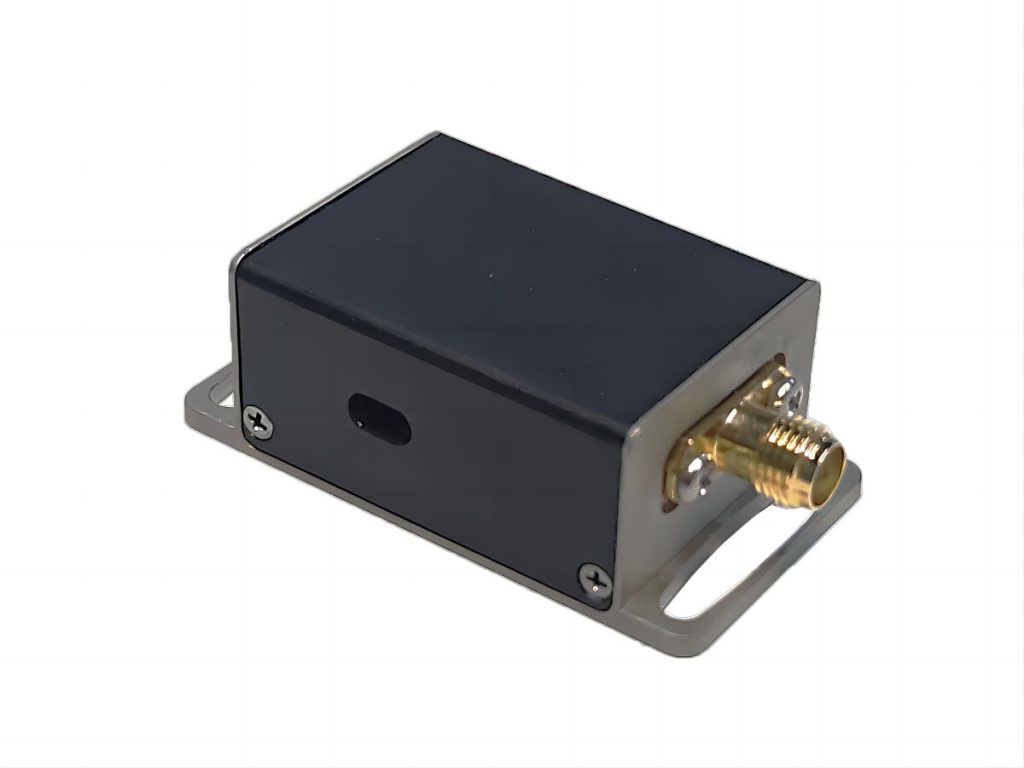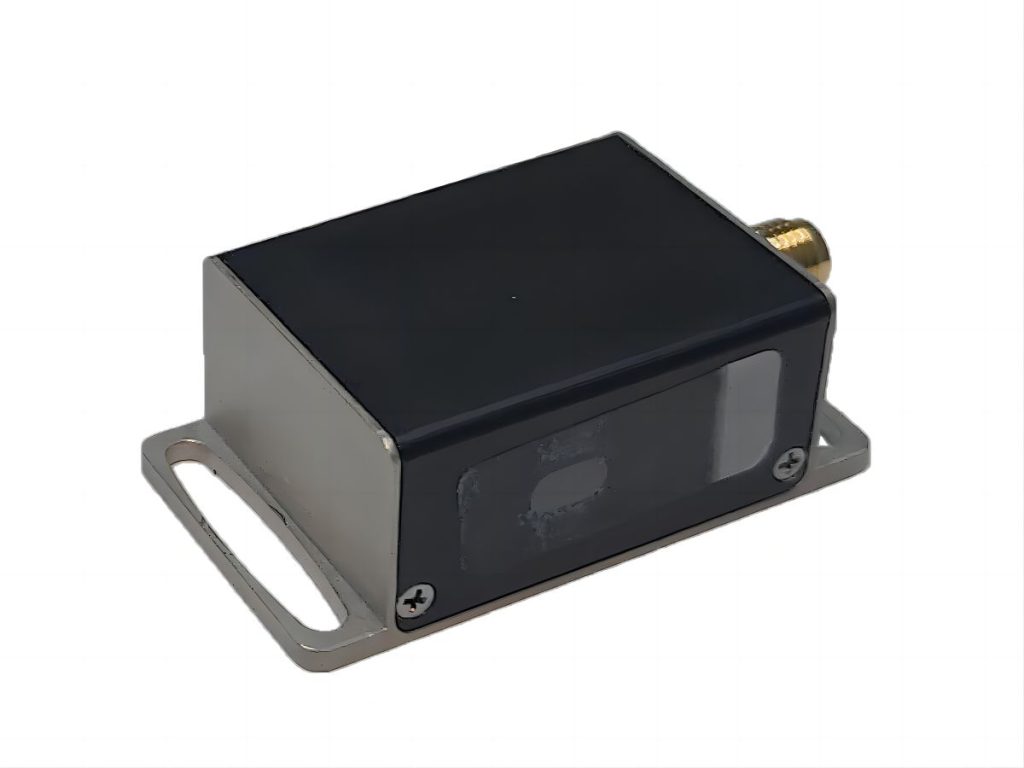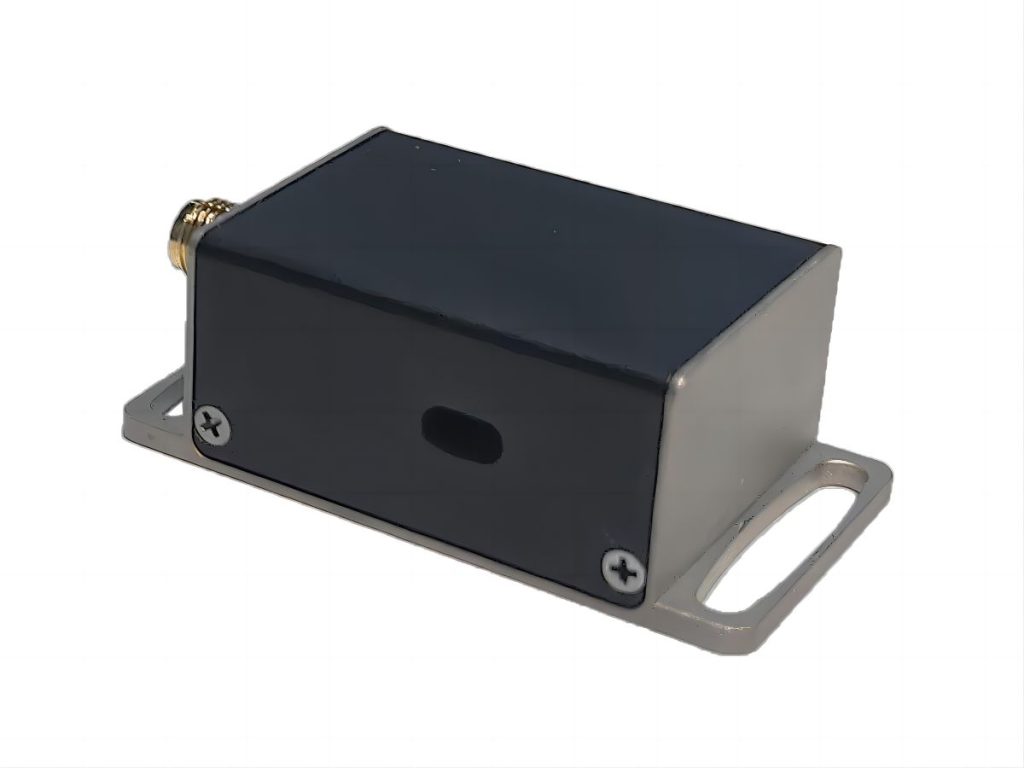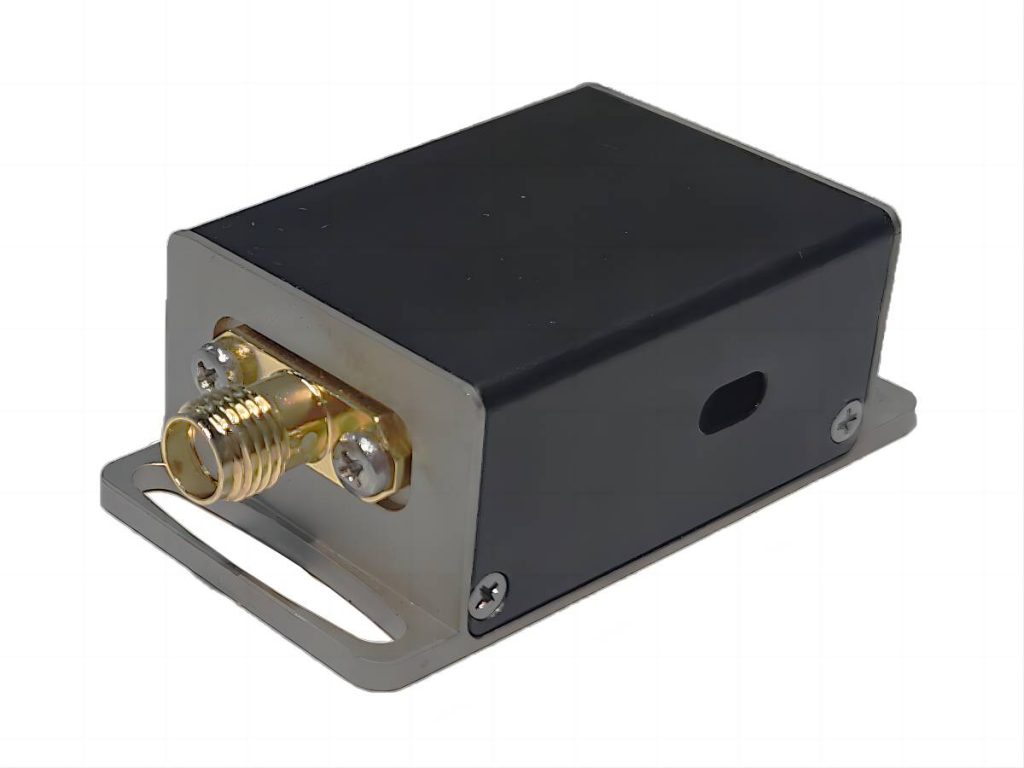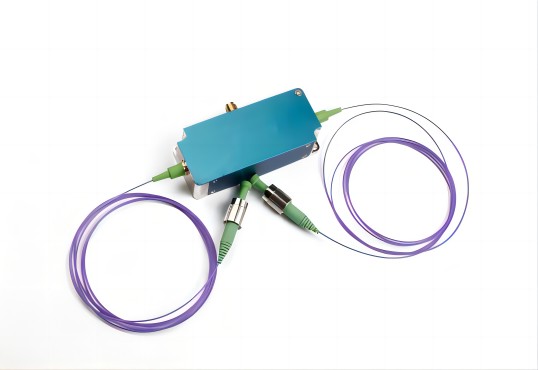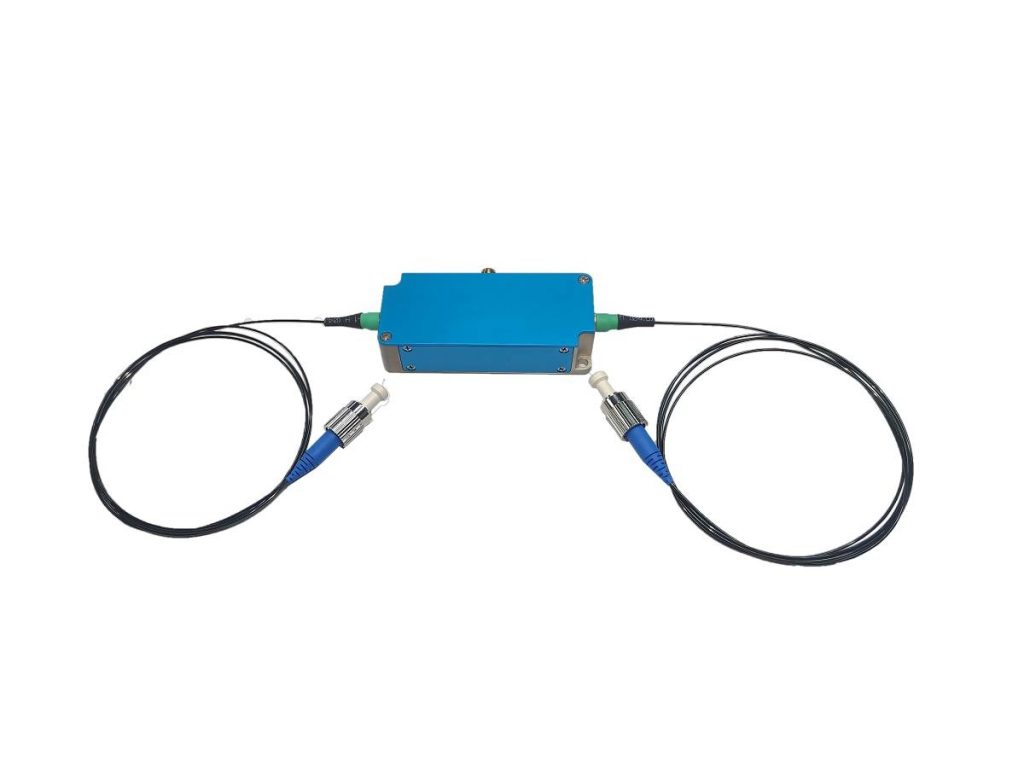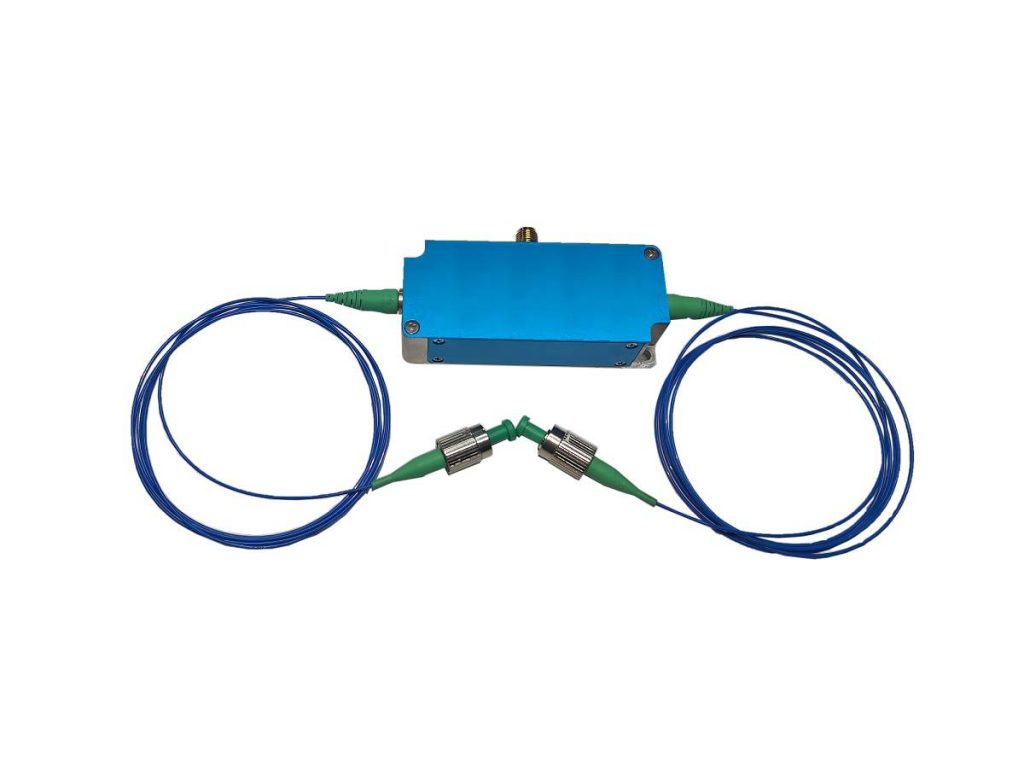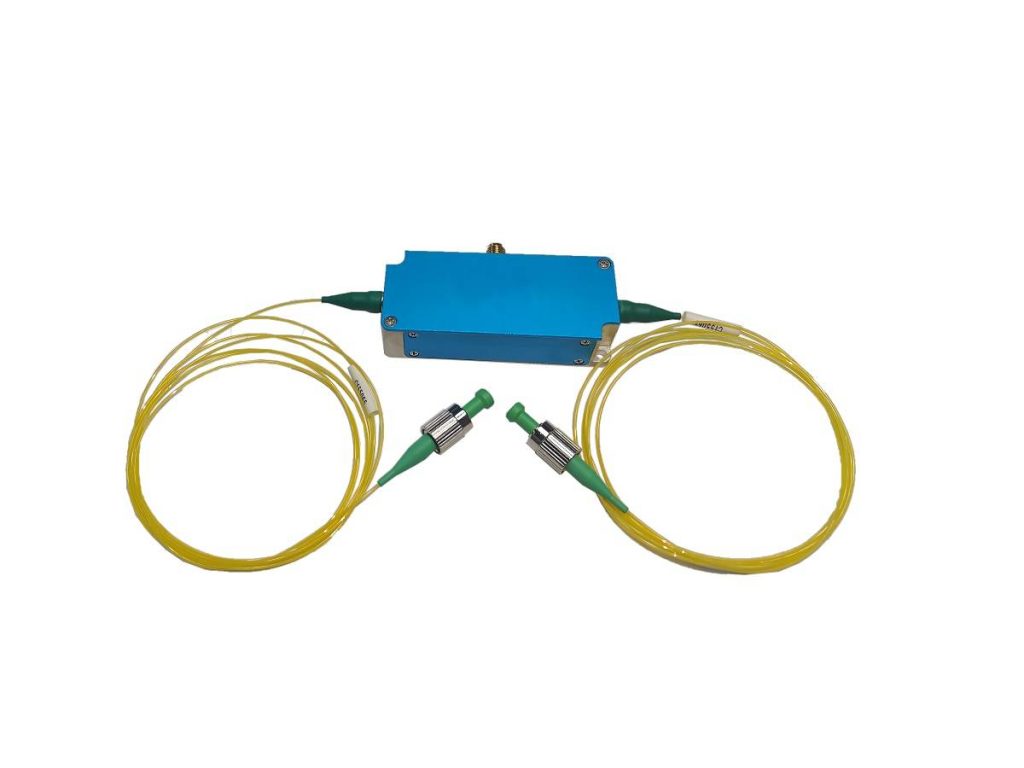Quantum Optics for Distributed Sensing with AOM and Bragg Grating
Quantum optics, a subfield of quantum mechanics, explores the behavior of light at the quantum level, where light interacts with matter in discrete packets of energy called photons. These unique properties of photons offer exciting possibilities for various applications, including distributed sensing. Distributed sensing refers to the ability to measure a physical quantity (e.g., temperature, strain) over a long distance using a single sensor system. Compared to traditional point sensors that provide data at specific locations, distributed sensing offers a more comprehensive understanding of the behavior of a system across its entire length.
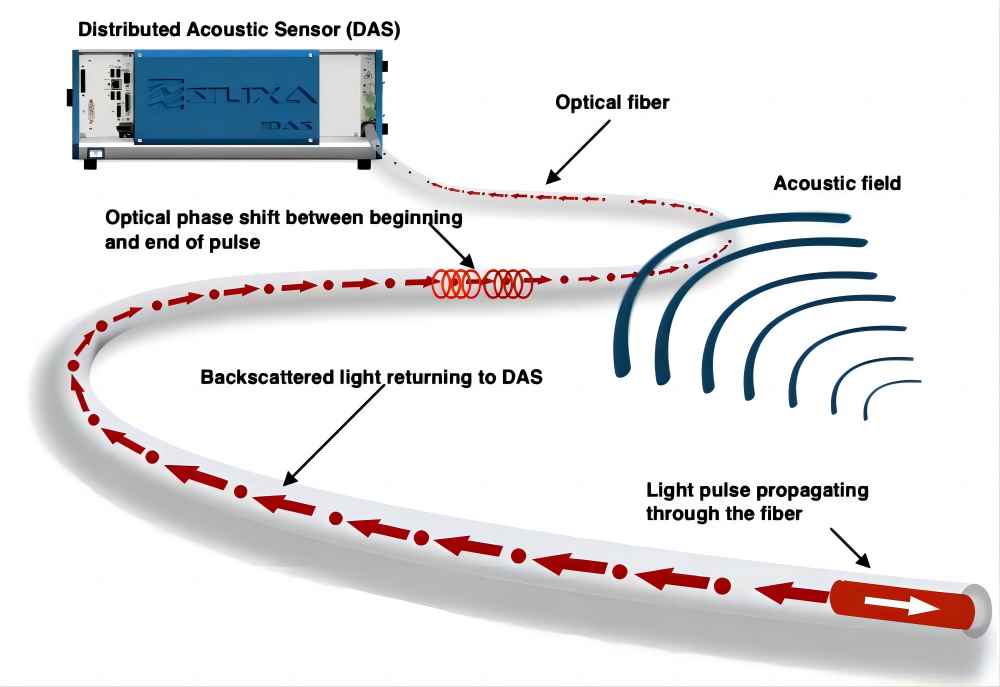
Distributed Sensing Techniques
Traditional sensing relies on point measurements, providing data at specific locations. Distributed sensing, in contrast, gathers information continuously across a length, offering a more comprehensive picture. This technique finds applications in diverse areas such as monitoring the health of bridges and pipelines, perimeter security systems, and environmental sensing of temperature and strain. There are various distributed sensing methods, each with its own advantages and limitations. Some common techniques include:
- Fiber optic sensors: These sensors utilize light pulses traveling through optical fibers. By measuring changes in the light’s properties (intensity, phase, etc.), one can infer information about the fiber itself or its surrounding environment.
- Strain gauges: These electrical sensors measure minute physical deformations, providing data on stress and strain along a structure.
- Acoustic emission sensors: These sensors detect sound waves emitted from materials due to crack propagation or other processes, allowing for early detection of damage.
Quantum Optics for Distributed Sensing
Quantum optics offers unique advantages for distributed sensing due to the inherent properties of light at the quantum level. Here’s how:
- Enhanced Sensitivity: Quantum light sources, such as single-photon sources, can generate light with minimal noise. This allows for the detection of minuscule changes in the sensor response, leading to significantly improved sensitivity compared to classical light sources.
- Improved Signal-to-Noise Ratio: Quantum detectors, designed to operate with individual photons, offer exceptional sensitivity to faint signals. This translates to a better distinction between the actual signal and background noise, enhancing the overall measurement accuracy.
- Long-Distance Sensing: Quantum entanglement, a phenomenon where two photons are linked and share the same fate, can be exploited for long-distance distributed sensing. By measuring the properties of one entangled photon, information about the other entangled photon can be obtained, even over vast distances.
By incorporating quantum light sources, detectors, and principles like entanglement, distributed sensing techniques can achieve unprecedented levels of sensitivity, range, and measurement fidelity.
Bragg Diffraction: A Core Principle of Distributed Sensing
Bragg diffraction is a fundamental principle used in fiber optic distributed sensing. It refers to the phenomenon where light traveling through a periodic structure, like a Bragg grating inscribed within an optical fiber, interacts with the grating and scatters in a specific direction. The characteristics of the scattered light, such as its wavelength or intensity, depend on the properties of the Bragg grating and the surrounding environment.
Bragg gratings are created by permanently modifying the refractive index of the optical fiber core at periodic intervals using techniques like ultraviolet light exposure or exposure to high-intensity acoustic waves. These periodic variations act like a microscopic diffraction grating, influencing how light propagates through the fiber.
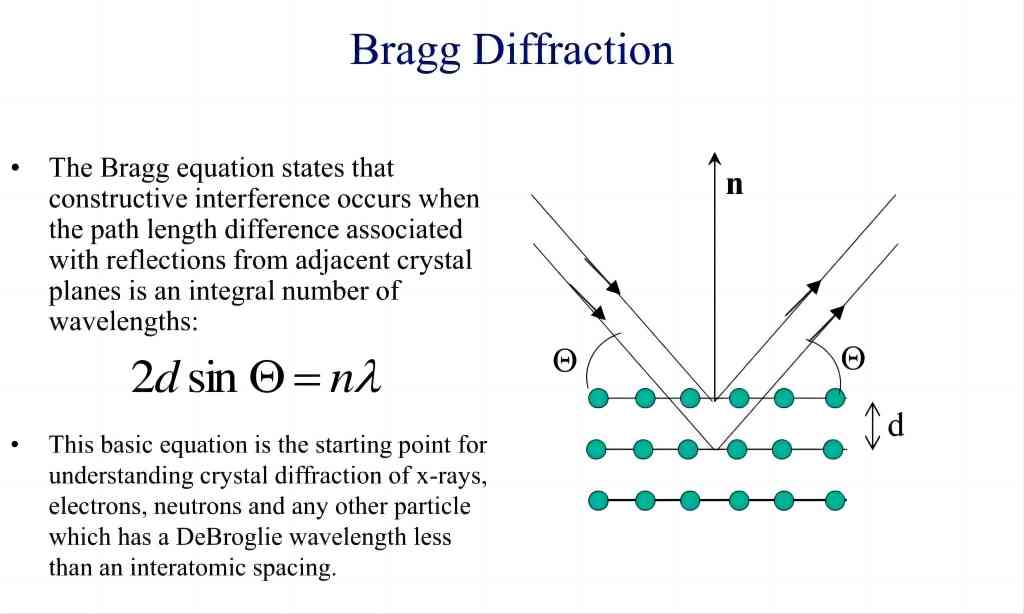
Acousto Optical Modulator (AOM): Interrogating the Signal
An acousto-optical modulator (AOM) is a device that utilizes sound waves to control the properties of light. It consists of a crystal material through which light travels. When a radio frequency (RF) signal is applied to the crystal, it generates sound waves that cause periodic variations in the refractive index of the material.
These refractive index variations act like a moving diffraction grating within the AOM. Light passing through the AOM experiences a phase shift proportional to the applied RF signal. By carefully controlling the RF signal, the AOM can be used to generate and manipulate light pulses for interrogation purposes in Bragg grating-based sensors.
Combining Quantum Optics with AOMs and Bragg Diffraction
The power of quantum optics can be harnessed in conjunction with AOMs and Bragg gratings to create a highly sensitive distributed sensing system. Here’s how it works:
- Quantum light source: A single-photon source or another low-noise quantum light source can be used to generate the probe light pulse that interacts with the Bragg grating sensor.
- Acousto-optical modulator (AOM): The AOM precisely controls the timing, duration, and wavelength of the probe light pulse. This allows for targeted interrogation of specific locations along the Bragg grating sensor.
- Bragg grating sensor: The inscribed Bragg grating within the optical fiber reflects the probe light pulse at a specific wavelength. Any changes in the external environment (temperature, strain, etc.) will cause a shift in the Bragg grating’s refractive index. This shift results in a change in the reflected light’s central wavelength.
- Quantum detector: A highly sensitive quantum detector, such as an avalanche photodiode (APD), is used to detect the reflected light pulse. Due to its exceptional sensitivity, the detector can efficiently register even faint signals from single photons.
Applications
The integration of quantum optics with AOMs and Bragg gratings offers exciting possibilities for distributed sensing applications in various fields:
- Structural Health Monitoring: By embedding Bragg grating sensors in critical infrastructure elements like bridges, pipelines, and buildings, this technique can continuously monitor strain, vibration, and temperature along the structure. The enhanced sensitivity allows for early detection of potential damage or stress points, enabling preventive maintenance and improving overall safety.
- Security Systems: Long-distance distributed sensing using quantum entanglement can be employed for perimeter security of sensitive areas. By embedding Bragg grating sensors in fences or pipelines, even minute disturbances or attempted intrusions can be detected over extended distances, leading to a more robust security system.
- Environmental Monitoring: Distributed sensors using this approach can be deployed for real-time monitoring of environmental parameters like temperature, pressure, and strain in various environments. This data can be crucial for understanding climate change, monitoring pollution levels, and ensuring environmental safety.
- Biomedical Sensing: Quantum-enhanced distributed sensing holds promise for applications in biomedicine. Imagine embedding Bragg grating sensors within catheters or other medical devices to monitor pressure or strain within the body in real time. This could revolutionize minimally invasive surgeries and diagnostics.
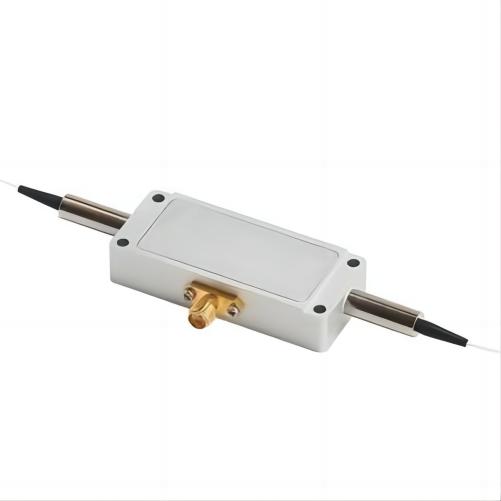
Conclusion
The marriage of quantum optics with Bragg diffraction and AOMs presents a groundbreaking approach to distributed sensing. By harnessing the unique properties of light at the quantum level, this technique offers unparalleled sensitivity, extended range, and improved spatial resolution. This opens doors to a plethora of applications across various sectors, from ensuring structural integrity to safeguarding sensitive environments. As research in quantum technologies continues to evolve, we can expect even more remarkable advancements in this field, leading to a future where distributed sensing empowers us to monitor and understand the world around us with unprecedented precision.
If you are looking for high-performance acousto-optical modulators (AOMs) for your distributed sensing application, consider exploring the products of SMART SCI&TECH. They specialize in the design and manufacturing of acousto-optic devices, including fiber optic AOMs, known for their reliability and performance. By incorporating Smart’s AOMs into your quantum-enhanced distributed sensing setup, you can ensure precise control over the interrogation light pulse, maximizing the effectiveness of your sensing system.

